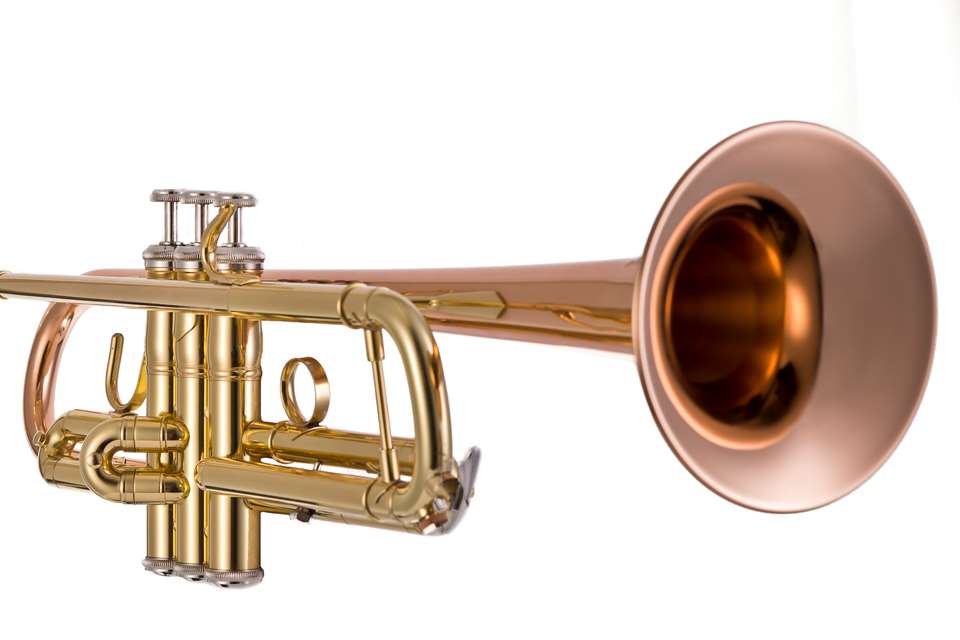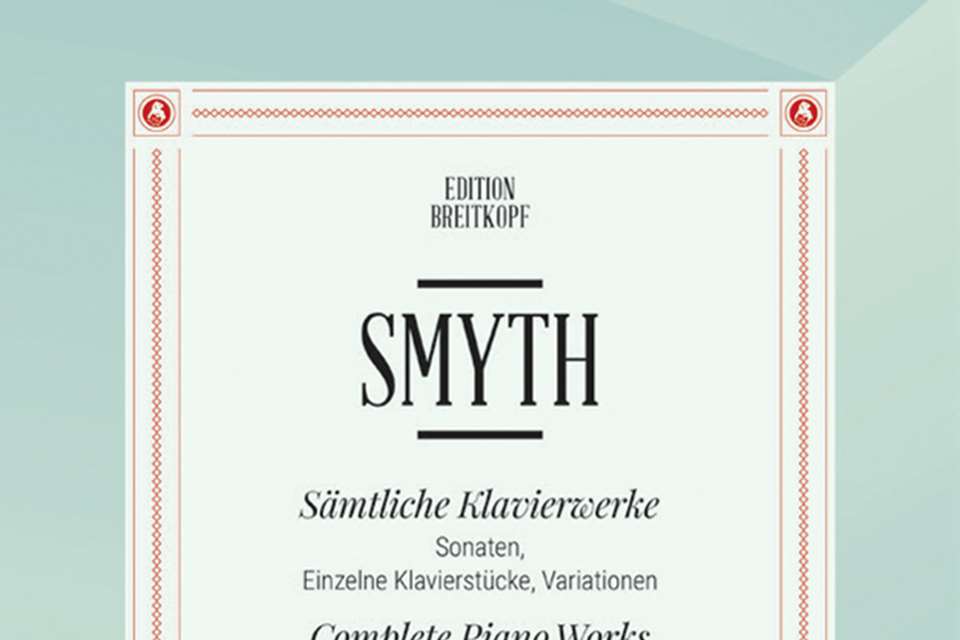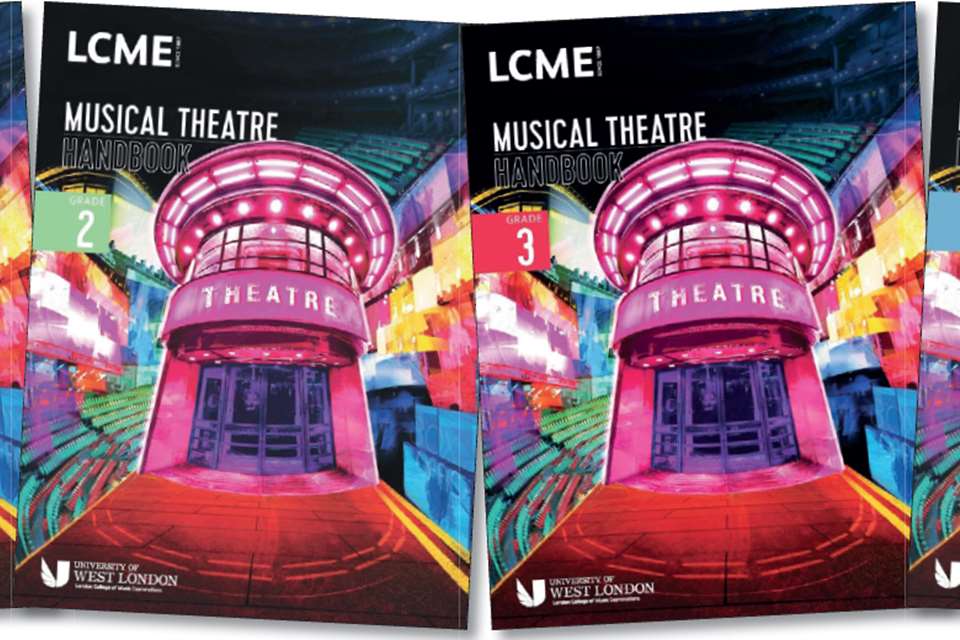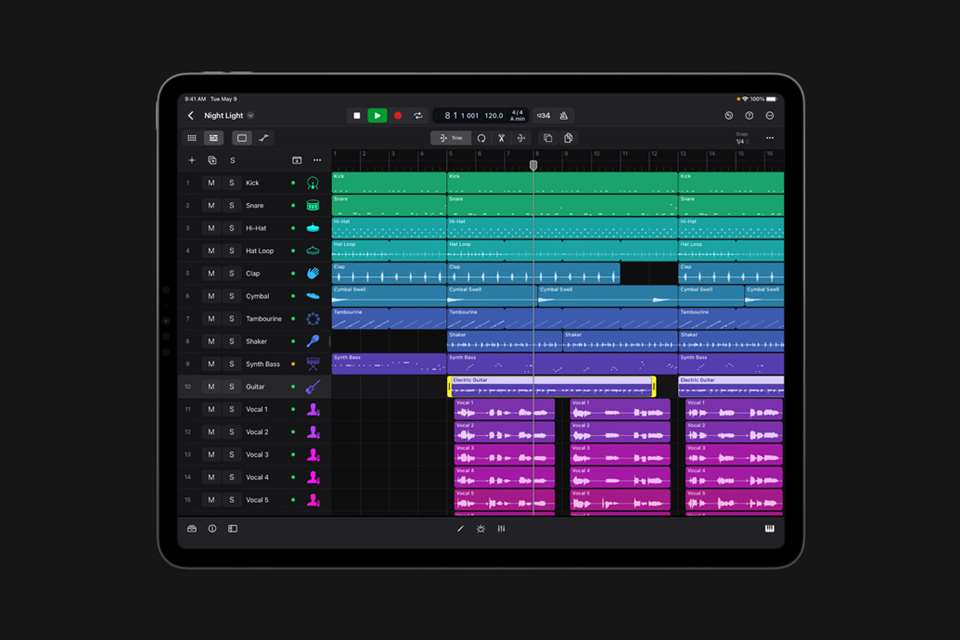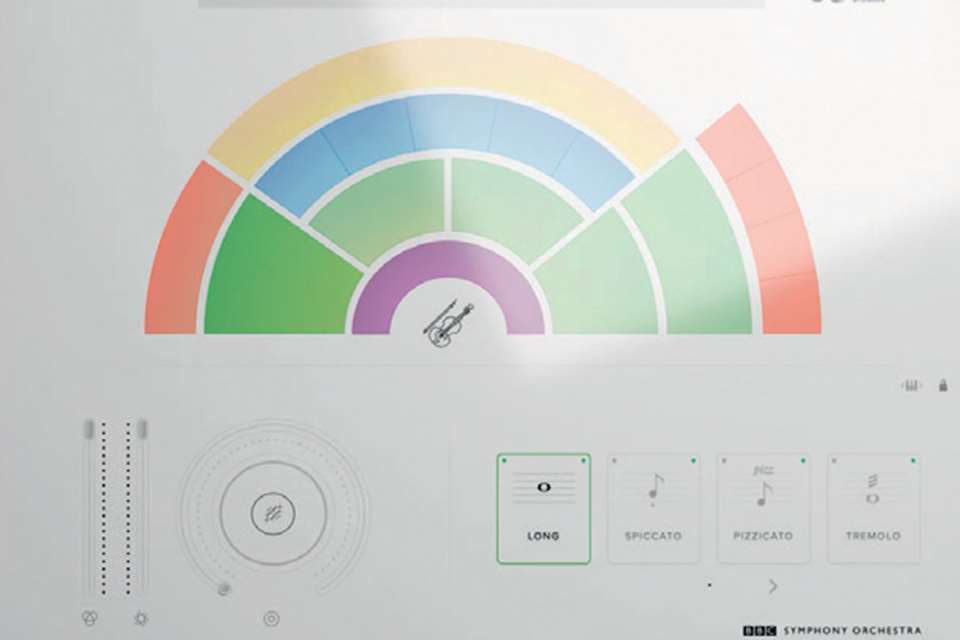Reviews: Play it All!
Kevin Street
Sunday, October 1, 2023
Kevin Street reviews Play It All! – a set of studies composed by the highly accomplished Polish trumpeter and teacher Sławomir Cichor.
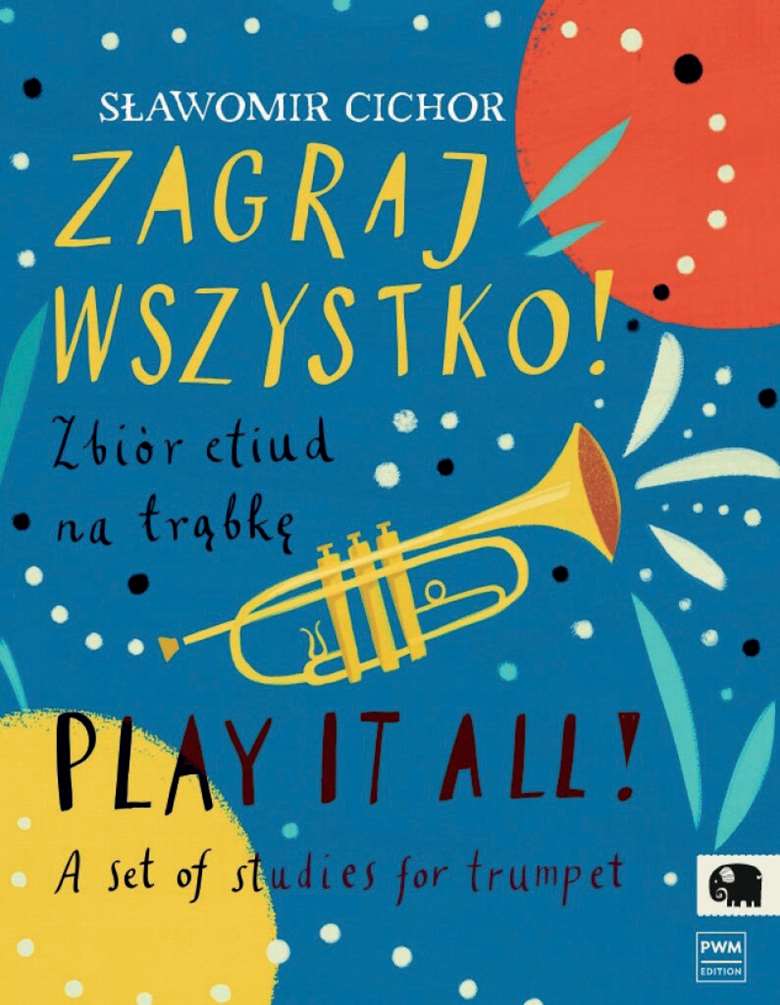
This intriguing set of studies is composed by the highly accomplished Polish trumpeter and teacher Sławomir Cichor. The studies are numbered 1 to 30 and the book starts at around Grade 1 standard, progressing through to Grade 5.
The organisation of the book seems unique in that each study (apart from number 30) has a related variant, meaning each is followed by 1A, 2A and so on. The purpose of the variant is to consolidate the learning of the study by offering the same melody in a new key, although variants of four of the studies are presented in the same key but with different articulations. Study number 30 is in the form of a traditional theme and variations.
The variant is usually up or down a whole- or semi-tone in relation to the original study. In the book’s foreword the author explains that the variants ‘are designed to enable pupils to consolidate certain patterns through changes of key or articulation’. In other words, this helps pupils develop their valve patterns as these appear in new keys or changes to articulation, while varying slurring and tonguing.
When choosing the revised key, Cichor has been careful to stay within a similar compass to the original and to avoid adding too many accidentals. As the pieces get harder, later in the book, the variant is transposed down a whole- or semi-tone, in order to preserve best the characteristics of the original. Overall, sensibly, only major or minor keys up to three sharps or flats are used.
It appears to be the hope of the composer that by offering variants, the pupil feels more confident when coming back to the main study and familiar territory. This seems a sound approach with good intention, and one that professionals commonly use. In most studies the variant is more challenging in its new key or range, which reinforces the value and sense of progression.
For the four studies where variants are in the same key but have different articulations, the challenge for the pupil is to differentiate between slurring and tonguing. As the studies mix tonguing and slurring within each piece, the pupil is learning the valuable lesson of how to be flexible and reactive to different articulation markings.
The dance-like tunes have traditional folk-song structures, and there is good representation of tonguing technique in the form of dotted-quaver rhythms, for example. There is a good balance of lyrical legato studies and busier tongued pieces with mixed intervals. All of the studies have a good melodic logic, linked to key-signatures, which is then rubber-stamped by the variant.
Each study carries extensive expression, articulation and breathing marks, which leave the teacher and pupil in no doubt as to what is expected. However, it could be said that some of the studies are overmarked, which may be overwhelming to a student when approaching the piece. For example, number 5 has a détaché mark on every single note in the study. I would probably prefer to see an overall description, or the use of ‘simile’ after a few bars. Incidentally, the term ‘détaché’ probably translates better as ‘tenuto’, which is more commonly used by brass players. The composer suggests ‘t’ tonguing for this type of articulation, with a hard attack, but my experience has been that a soft attack and ‘d’ tonguing is more appropriate for tenuto playing. Study 5 would be very intense with a hard attack on every note (as marked)! I agree, though, with the advice that each note should be played to its full value.
The book retails at around £23, which is a higher price point than other study books. But it could be justified due to the high standard of the studies and the thought invested in this collection.



